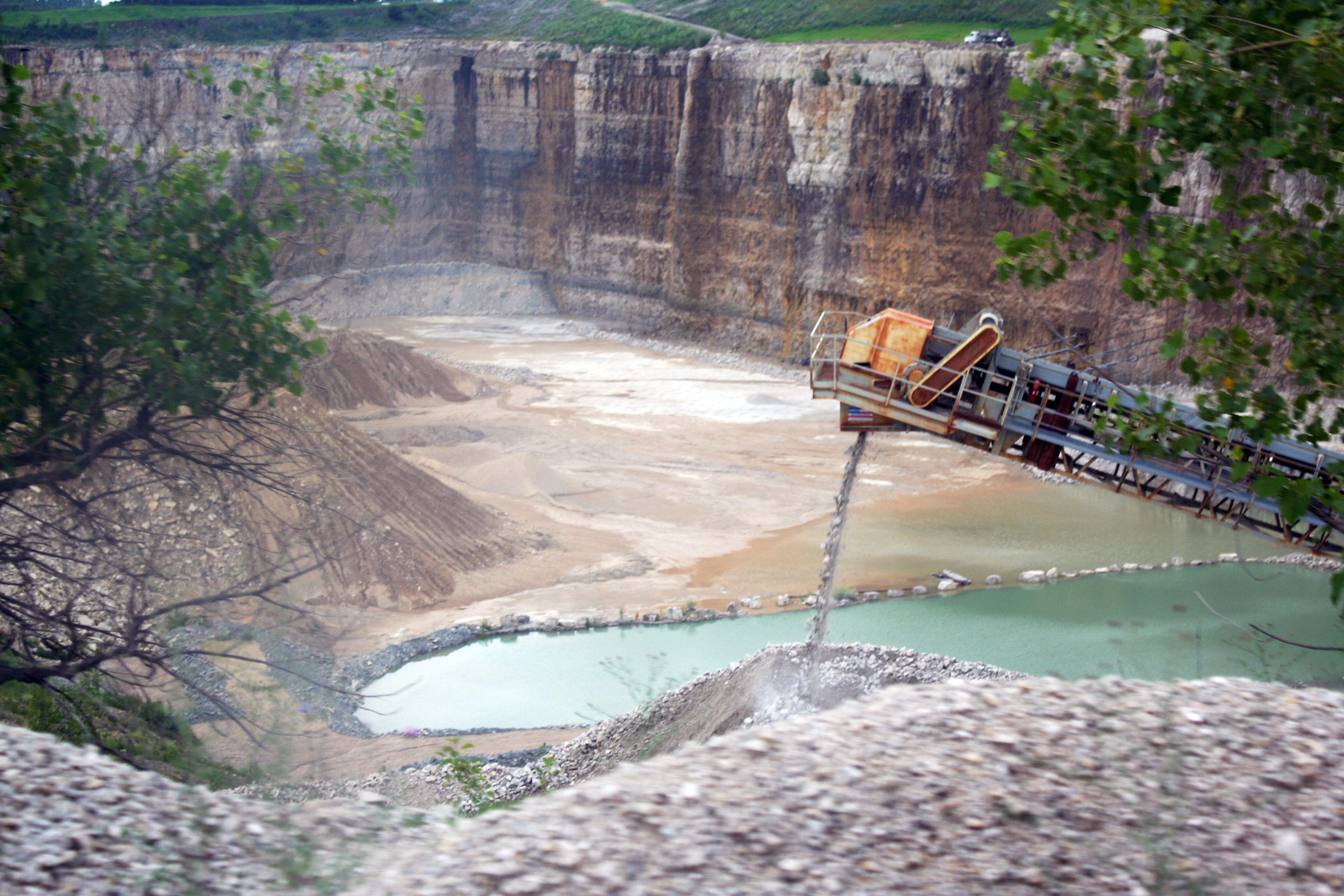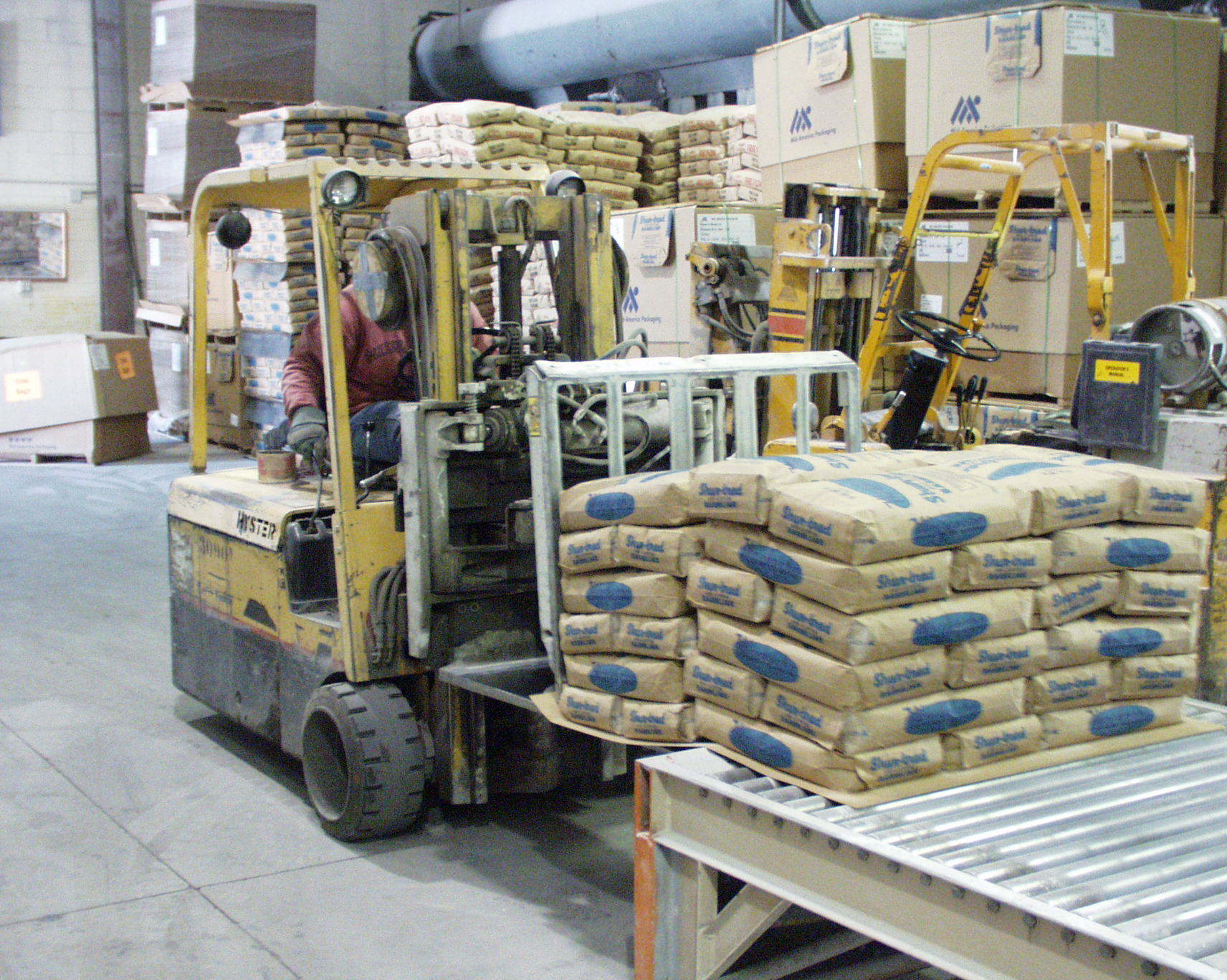Waukesha Lime & Stone Rock Solid For Over A Century
Waukesha Lime & Stone has been part of the Wisconsin landscape for over 100 years and is poised for the next 100 with new products geared toward the changing agricultural texture of the state. The company features two quarries and stretches across 40 acres with its boundary of Waukesha. The Fox River flows through it along with a highway and a railroad, making for easy distribution.
At its heart, our west quarry slices nearly 230 feet deep into an extraordinary place, a section of the earth where two plates collide in a fault line. All of our quarries hold considerable scientific, economic, and historical importance, geologists say. They provide the most complete selection of Silurian rocks exposed in southeastern Wisconsin, yield the world's most diverse soft-bodied Silurian biota, and contain one of the best fault exposures around. They have been included as stops on geological field trips since 1937.

The quarry has been in continuous operation since 1911 but traces back to the early 1840s. The census of 1850 shows eight men employed at what became known as the Hatfields' quarry, run by a family that was prominent in the stone business. They built the towering limekilns on the hill nearby, which are listed on the National Register of Historic Places.
The football field at Carroll College, the state's oldest private college, was the first company quarry. There were many in the area at the turn of the century, Weinkauf noted, producing stone for resort hotels built as the white-rocked area drew people from Chicago and elsewhere to partake of the "curative" lime spring waters.
Today, Waukesha Lime & Stone produces stone, dolomite, and limestone - crushed, ground, and powdered. The quarry continues to serve up a special type of stone that our farmers appreciate for its whiter color.
The operation involves the east and west quarries, a scale house and office building, bag plant, a shop, and eight portable crushing plants. After the stone is blasted free in the quarry, a crusher plant separates it into eight different products ranging from riprap boulders to powder.
Our products are primarily found in feed mills and garden centers, across Wisconsin and in portions of Minnesota and Illinois.

At Waukesha Lime & Stone, we're focused on the future with different products to meet that changing marketplace. We're experimenting with decorative stone, focusing more on dog kennels, where lime is used as a deodorizer, and exploring options within the changing dairy industry.
Our Shur-Tred non-slipping barn lime is its biggest seller. The medium grind is also popular with homeowners for use on lawns, and the company is tapping into the escalating equine market with its superfine product. There are, Weinkauf noted, more horses per square mile in southern Wisconsin and northern Illinois than any other place in the nation.
One lime we do not produce is hydrated lime. Unlike the dolomite lime produced at the Waukesha quarry, hydrated lime goes through a process that changes its chemical composition. When water is added, the product makes acid, which is often used in outhouses and rendering operations. It is a substance that must be handled with great care. Our lime is different. It is simply ground and dried limestone that is used in barns to deodorize and sanitize, provide traction, and reduce the ammonia smell.








